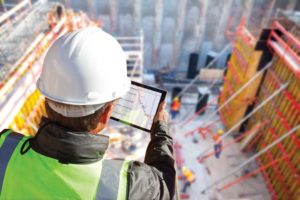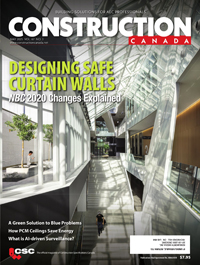Designing and delivering a greener future with sustainable buildings

By Misha Nikulin and Michelle Meisels
Everyone who cares about this planet likely wants a more sustainably built environment. In the architecture, engineering, and construction (AEC) industry, there can be considerable control over one important aspect of sustainability: greenhouse gases (GHGs). In fact, the built environment accounts for 39 per cent of gross annual CO2 emissions.1
Emissions come in two general forms. One is operational CO2, or the CO2 emitted in the production of energy needed in the operation and use of a building (e.g. to power, heat, and cool it). The other form is embodied CO2, which is emitted in production, transportation, assembly, and eventually disposing of construction materials.2
Fortunately, the industry has opportunities before it to reduce these emissions and help humanity reach its consensus emissions goal of net zero by 2050.
To achieve a carbon-neutral built environment in less than three decades, there should be a sound, realistic, and globally applicable strategy for greener design, construction, and operation. This article lays out the pillars of such a strategy, drawing on extensive research and analysis by Deloitte.
Where we are today
More than nine out of 10 U.S. energy and construction companies receive requests from customers to lower the amount of embodied carbon used in construction projects.3
Many new design processes, materials, and construction techniques have been developed to achieve this goal, and sustainable buildings are frequently cost-effective, but it often takes a considerable investment to save money. In 2019, the International Energy Agency (IEA) estimated that realizing the potential of sustainable buildings can save $1.1 trillion by 2050; but these savings necessitate an increase of $270 billion in annual capital expenditure until 2030, with 70 per cent of that being new construction and retrofits.4
Despite perceptions of higher investment, sustainable construction, sustainable construction is not necessarily more expensive than traditional construction. Some sustainable design and construction costs have eased as sustainable building codes have become stricter globally, technologies have evolved, and the industry has become more adept at delivering sustainable buildings.5







